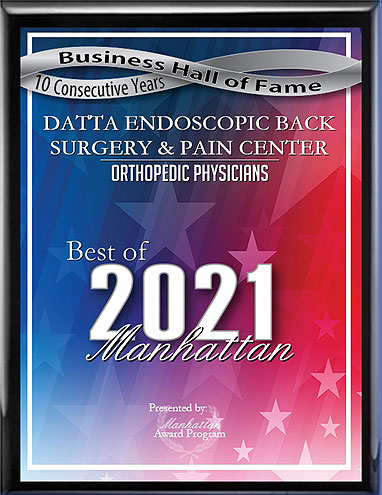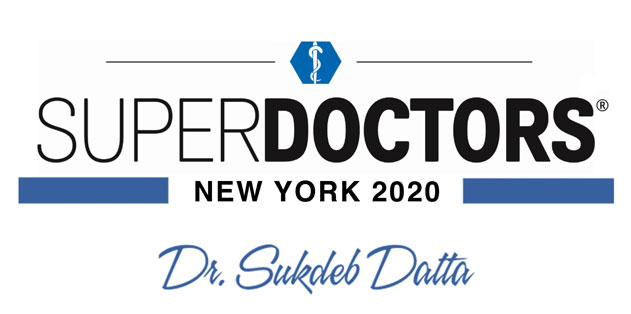Sciatica refers to inflammation of the sciatic nerve, which runs from the lower back through the leg. Sciatica stretches are very helpful for relieving and preventing flare-ups of sciatica in many cases. However, in some cases sciatica stretches fail, and symptoms like pain and numbness continue - especially if the underlying cause of the sciatica is not affected by stretches. If sciatica stretches fail, you should see a spine doctor for diagnosis and treatment.
About Sciatica Stretches
In many cases, sciatica occurs as a result of a tight piriformis muscle, which can compress the sciatic nerve as it runs through the buttocks. Stretching can alleviate this tightness, thus helping with symptoms. In addition, sciatica stretches and exercises can relieve tension in the lower back, strengthen the lower back, and improve posture, all of which can help relieve sciatica.
Your Consultation
If sciatica stretches do not relieve symptoms, you should schedule a consultation with a trusted spine doctor. The physician will be able to diagnose the cause of your sciatica if it has not already been determined, and to recommend a course of treatment.
The doctor will begin by asking you about your symptoms, their severity, and how long you've been experiencing them. He will ask about your medical history, especially spine conditions. He will also ask about any methods that help relieve your symptoms, such as medication or stretching.
Next, the doctor will perform a physical examination, focusing on your spine. The doctor will also order some diagnostic tests, because the symptoms of different conditions that cause sciatica can be quite similar. Testing may include MRI or x-ray. From there, the doctor will work with you to formulate a plan of treatment that meets your needs.
Potential Causes of Sciatica
Sciatica may be caused by a number of conditions that affect the spine or lower back. Causes include:
- Piriformis syndrome - Piriformis syndrome occurs when the piriformis muscle is tight, which can compress and inflame the sciatic nerve.
- Herniated disc - If a disc ruptures, allowing the inner material to come out, the disc has herniated. This can press against the sciatic nerve, as well as other nerves in the spine.
- Bulging disc - A bulging disc is a disc which remains intact but is misshapen, thus bulging outside of its normal boundaries.
- Bone spurs - Bone spurs are deposits of bone material on the surface of the vertebrae.
- Vertebral fracture - If one or more vertebrae are fractured, the spinal canal can become compressed, causing sciatica and other issues.
- Spondylolisthesis - In spondylolisthesis, one vertebrae slips past another.
Available Treatments
The course of treatment for sciatica depends heavily on the cause and severity of the condition, as well as how you have responded to past treatments. In most cases, sciatica can be relieved without resorting to surgery. Some of the most common treatments for sciatica include:
- Physical therapy - Physical therapy can strengthen the core, improve flexibility, align the spine, and relieve a tight piriformis muscle. Whatever other treatments are used, you should plan on continuing to use the stretches and exercises you learned in physical therapy each day at home.
- Chiropractic treatment - Chiropractic treatment can be helpful in improving alignment and reducing inflammation, when used along with medical treatment.
- Medications - Non-steroidal anti-inflammatory drugs (NSAIDs) can help relieve the inflammation associated with sciatica. Examples of NSAIDs include aspirin, naproxen, and ibuprofen.
- Epidural steroid injections - In some cases, the doctor may injected steroid medication directly into the spine. This produces a more powerful reduction in inflammation than could be achieved with oral medication dosing.
- Laser spine surgery - Laser spine surgery is a minimally invasive procedure that can be used to treat spine conditions like herniated discs and bulging discs. Laser spine surgery will only be used in cases where the symptoms are severe or the patient has not responded to non-surgical treatments.
- Open spine surgery - Open spine surgery is a very invasive procedure that involves creating a large incision along the spine. Most cases of sciatica can be resolved without resorting to open spine surgery, but it is necessary in some cases.
Dr. Datta would be happy to meet with you about your sciatica. To schedule your consultation today, please click below and enter your information or give us a call at (212) 430-0312.






 EDISCSCULPT
EDISCSCULPT



